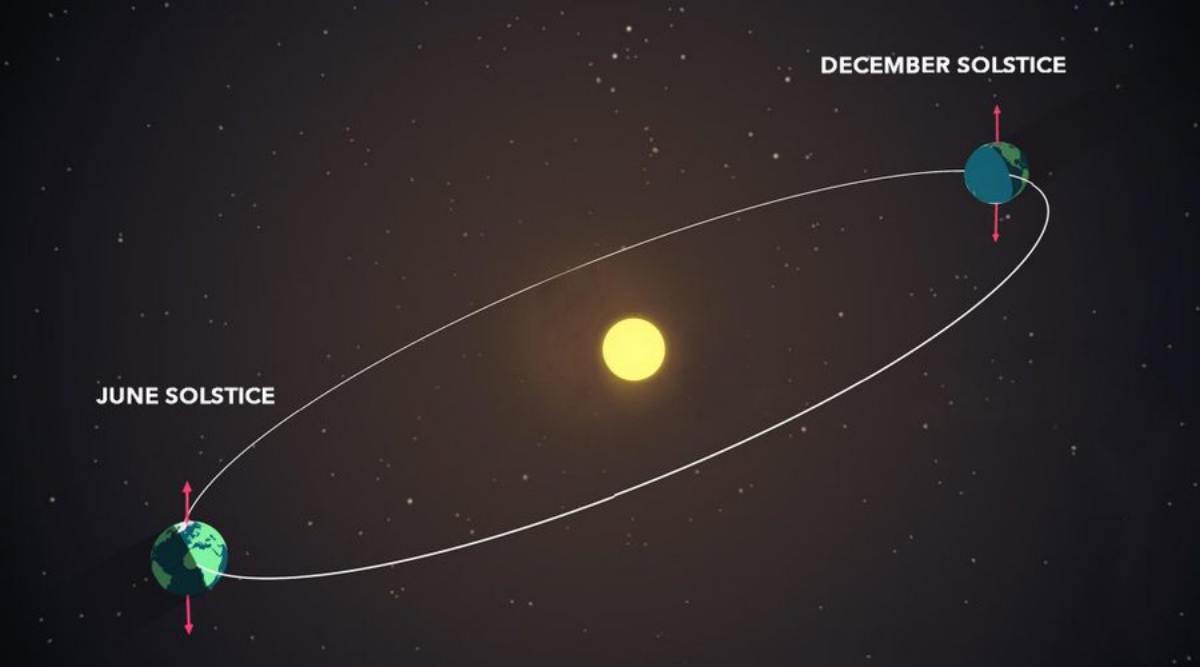 Summer Solstice signals the start of the summer season in the northern hemisphere and the beginning of winter in the southern hemisphere ( Image source : NASA)
Summer Solstice signals the start of the summer season in the northern hemisphere and the beginning of winter in the southern hemisphere ( Image source : NASA) Today, June 21 is the Summer Solstice, which is the longest day of the summer season and takes place in the northern hemisphere when the Sun is directly over the Tropic of Cancer. Summer Solstice signals the start of the summer season in the northern hemisphere and the beginning of winter in the southern hemisphere.
In a year, two such events take place: Summer Solstice and the Winter Solstice. At this time, the Earth is at a point where its tilt is at the greatest angle to the plane of its orbit. This results in one hemisphere receiving more sunlight and a longer day than the other.
NASA explains that we have seasons as a result of the tilt and Earth’s revolution on its orbit around the Sun.
Today is the northern #SummerSolstice, marking a new season as well as the longest day in the northern hemisphere. While it’s a time to enjoy the warmth & light, it also signifies an astronomical event caused by the tilt of Earth’s axis. 🌍☀️ Read more: https://t.co/Wt5BhAKAq1 pic.twitter.com/wsuKWdXr03
— NASA (@NASA) June 20, 2021
NASA has shared an image on Twitter that gives us an insight into Earth’s position with respect to the Sun during both these events. The Earth rotates around its axis resulting in the the cycle of day and night. When the Earth is close to the Sun, the areas that are close have hot and humid days and nights.
At the time of Summer Solstice, Earth’s North Pole is tipped directly towards the Sun more than any other time of the year. Also the South Pole is away from the Sun. As a result of this, sunlight falls for longer periods on regions located in the northern hemisphere and for fewer hours on places south of the Equator.
- The Indian Express website has been rated GREEN for its credibility and trustworthiness by Newsguard, a global service that rates news sources for their journalistic standards.

